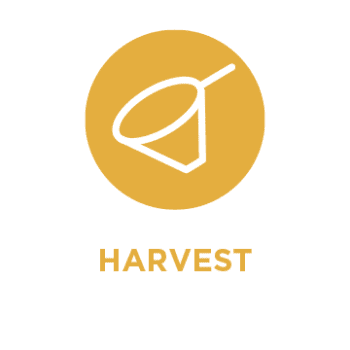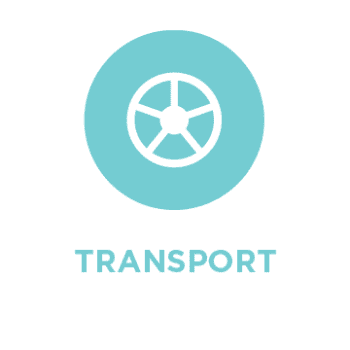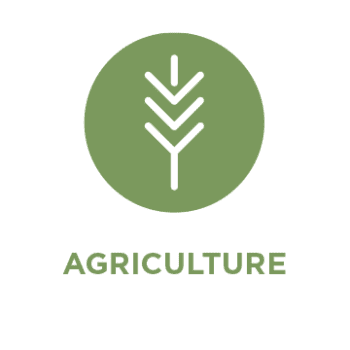Darren Mierau, CalTrout North Coast Regional Director
Could you please tell us a bit about yourself and your role?
I joined CalTrout in 2011 as the North Coast Director, and have built a program focused on riverine and estuarine science, restoration, advocacy, and community engagement. I work with a highly productive and experienced team of scientists, project planners, and administrators managing a large program focused on conservation and climate adaptation goals that will lead to the recovery of the North Coast’s iconic salmon and steelhead populations.
What role do you play in the work to protect Eel River native fish and suppress pikeminnow?
I am grateful to work with so many different partners who are all working together to protect Eel River native fish. The Wiyot Tribe initiated a pikeminnow suppression program in the South Fork Eel supported by Stillwater Sciences, and UC Berkeley and the Eel River Recovery Project have led the charge in understanding pikeminnow behavior and ecology, and population distribution and abundance. CalTrout jumped in in 2021 with a grant from CDFW that has funded the pikeminnow weir and juvenile salmonid acoustic telemetry work for the past two years. My role has been to oversee the administration of the grants and coordinate the CalTrout scientists working on the program. I am now focused on bringing more years of funding to the program, scaling-up the suppression efforts and juvenile survival studies, and soon taking this work into the mainstem Eel River where PG&E plans to decommission Scott and Cape Horn Dams.


Why is dam removal important for salmon and steelhead? How does this work connect back to other work in the South Fork Eel?
For the past 25+ years since the federal Endangered Species Act listings of Chinook, coho, and steelhead in the Eel River basin, there’s been a lot of investment in really good and important restoration. This work has been mainly in tributary streams where salmon spawn and rear, and has focused on removal of migration barriers, reduction of fine sediment pollution from timber harvest and roads, instream habitat restoration, and regulation of flow diversions during summer. These efforts have essentially stabilized the Eel’s populations at historic low abundance, and may have prevented extinction, but they haven’t yet led to recovery. So now we’re focusing on more ambitious “game-changer” level actions that will lead to population recovery. This includes: (1) revitalizing mainstem rearing habitat and outmigration survival by controlling pikeminnow abundance to reduce predation, (2) continuing to restore the estuary to bring back that critical zone of high growth and productivity that benefits all fish on their way out to the ocean, and (3) getting those dams out to open up migratory access to nearly 300 miles of habitat in the upper basin. In their 2022 study, National Marine Fisheries Service scientists concluded that the upper Eel basin that is currently blocked by the dams contains “a higher proportion of suitable habitat for all freshwater salmonid life stages than much of the rest of the Eel River Basin.” We need to get fish up there. That’ll be a real game-changer.
How did you end up in this field? What was your journey like to where you are today?
I’ve always been drawn to the outdoors, rivers, and trout. I grew up hiking and backpacking in the San Gabriel Mountains in SoCal, and trout fishing in the eastern Sierra’s. My high-school biology teacher really inspired me to stay in science, so I majored in biology in college, studied desert pupfish, and moved up to Humboldt County in 1989 to get a master’s degree. At that time, things were starting to go off the rails with excessive timber harvesting, community activism, and salmonid populations crashing. So I got interested in it. I worked as a consultant for 14 years, on projects in the Mono Basin, Central Valley, Shasta River, and projects here on the coast in Humboldt Bay. When I had the opportunity to join CalTrout, I jumped on it and haven’t looked back.


What is your favorite part about the work you do?
The project work we do requires a broad range of skills – starting with a solid understanding of river ecosystems and salmonid ecology. But that’s not nearly enough. We also have to figure out what projects are priorities, convince funders to invest in those projects and private landowners to allow them, and then bring a team of planners, engineers, and construction entities together to complete them. It’s like being the conductor of an orchestra, and when everything comes together and we complete a project, it’s pretty sweet music. Plus, I’ve always been a team player, so to be able to share these accomplishments alongside my friends and colleagues is really wonderful.

















 Dams block access to historical spawning and rearing habitats. Downstream, dams alter the timing, frequency, duration, magnitude, and rate of change of flows decreasing habitat quality and survival.
Dams block access to historical spawning and rearing habitats. Downstream, dams alter the timing, frequency, duration, magnitude, and rate of change of flows decreasing habitat quality and survival.